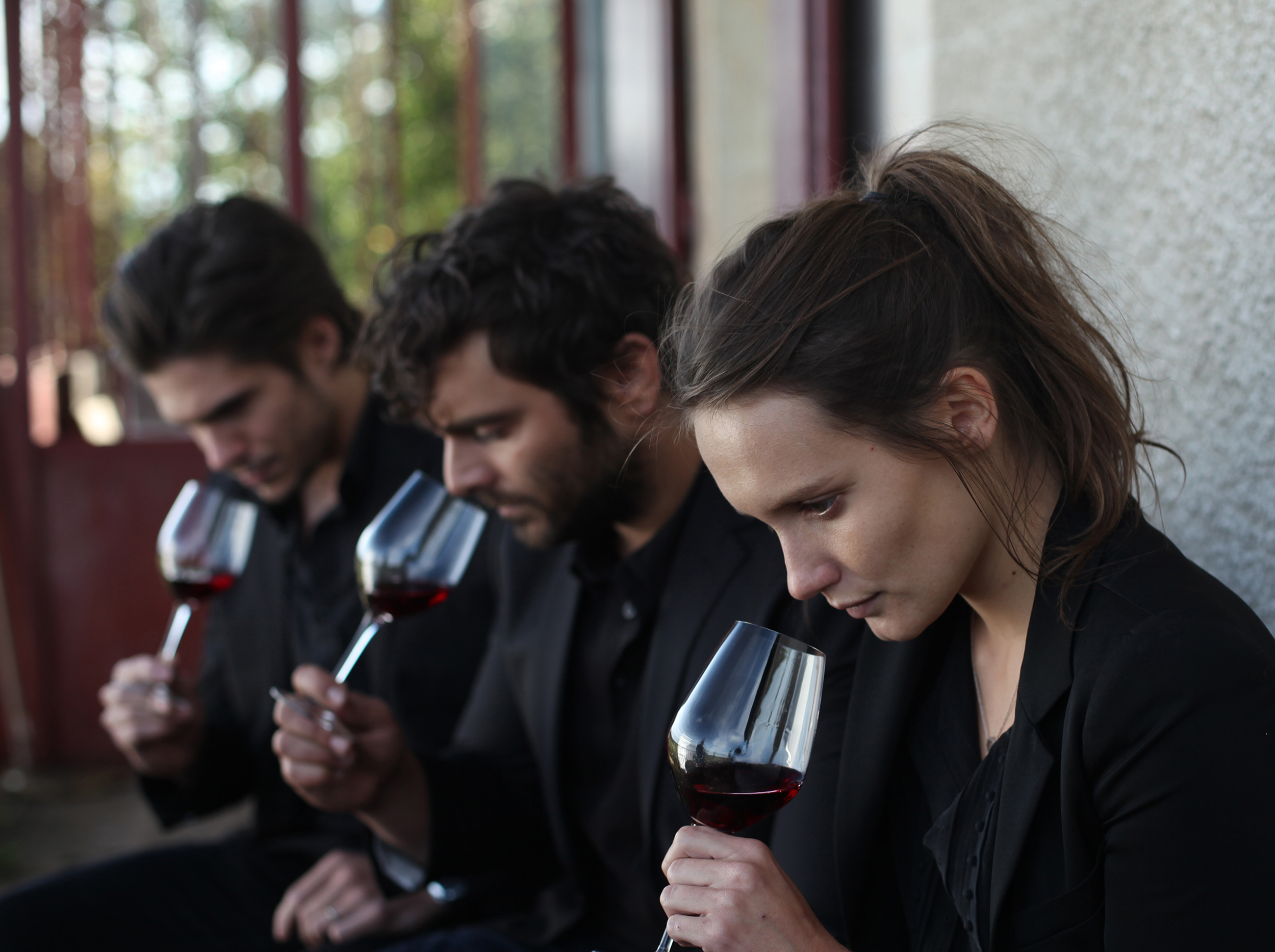In 1987, George H.W. Bush was preparing to run for president. After serving as vice-president for eight years, Bush clearly had experience, but he did not have a platform for his campaign. Privately, his advisers were worried. They encouraged him to consider what he wanted the country to look like after his presidency. Bush rejected their advice, claiming that he could win the presidency without “the vision thing.”
Since Bush’s election, political scientists have been debating whether leaders need “the vision thing.” It’s indisputable, however, that “the vision thing” is essential to creating good cinema. Cédric Klapisch’s “Back to Burgundy” is banal, largely because Klapisch does not have a coherent conception of what the film should be. The film focuses on Jean, a middle-aged man who returns to France to attend his father’s funeral after a sojourn in Australia. Jean comes from a family of winemakers, but the business is no longer profitable. His siblings Juliette and Jeremie worry that they might lose the family vineyard. Jean must come to terms with his father’s passing and help Juliette and Jeremie save their livelihood. While this premise is a fine foundation for a film, Klapisch cannot decide how he should bring this story to the screen. Thus, “Back to Burgundy” becomes a hodgepodge of disconnected scenes.
It is clear from the beginning of the film that Klapisch is no master of cinema. Jean returns home to find a distraught Juliette and a harried Jeremie. A myriad of events has transpired since Jean last saw them. Jean’s mother has died, his father has become ill, Juliette has taken over the wine production and Jeremie has a wife and kids. Surprisingly, Jean has not kept abreast of these developments. His life has changed too, as he now has a steady girlfriend and a child in Australia. His siblings are just as shocked to hear his news.
The scenes in which this information is conveyed make little sense. These characters all have smartphones. Although they live in different countries, surely they have the ability to make long-distance calls. We even see Jean in France calling his son in Australia. I found myself wondering why the characters had not kept in touch. Does the cellular network not extend to Australia? Has the winemaking business become so depressed that Juliette and Jeremie cannot afford a Vonage plan? These scenes only exist to convey exposition quickly, but they are so awkward and unrealistic that their function becomes apparent.
The flashbacks interspersed throughout the film are just as clumsily executed. Ostensibly, these scenes should show us what life was like back in the heyday of the vineyard, when Jean’s father was overseeing an empire. Still, all we see are quotidian moments. Young Jean, Juliette and Jeremie taste wine. Jean’s father tucks him in at night. These flashbacks are so banal that they provide little insight into the characters.
The expository scenes and flashbacks are poorly crafted, but they also call attention to the film’s larger flaws. They beg questions, like why is there so much exposition in the first place? Jean’s mother plays no significant role in the story, so why do the characters have to discuss her passing? Along similar lines, why do the flashbacks matter? The characters are all concentrating on the present because they want to save the vineyard. What do they care about the past? Indeed, the expository scenes and flashbacks not only showcase Klapisch’s lack of finesse, but also represent vestiges of a vision he has not carried through to completion. Perhaps one version of “Back to Burgundy” would have focused on the relationship between the past and the present. Klapisch introduces that theme, but he never develops it. As a result, these scenes seem pointless.
Klapisch has at least two other notions of how to render the story onscreen. One idea is to make the family drama the center of the film. To this end, Klapisch emphasizes the fraught relationships between characters. Jeremie is constantly butting heads with his domineering father-in-law. Juliette is enraged that a nosy neighbor keeps trespassing on her property. Jean argues with his girlfriend over how to best raise their son. If Klapisch had simply explored these conflicts in depth, he could have made a decent film.
Unfortunately, he also devotes a great deal of attention to the winemaking process. We watch the workers in the field picking the grapes. We observe Juliette removing their stems, and then stomping on them with her feet. After a few weeks, everyone goes down to the cellar to ensure that the grapes are fermenting. These moments seem to belong to another film, one that is concerned with the day-to-day lives of people in Burgundy. Yet, ordinary people in Burgundy would not have as much drama in their lives as do the characters in this film. Klapisch’s ideas are at odds with one another, and they cancel each other out.
By the end of the film, you don’t feel uplifted or moved. You feel discombobulated because there is no unifying principle tying the film together. “Back to Burgundy” is a warning about the dangers of making movies without “the vision thing.”
Contact Amir Abou-Jaoude at amir2 ‘at’ stanford.edu.
